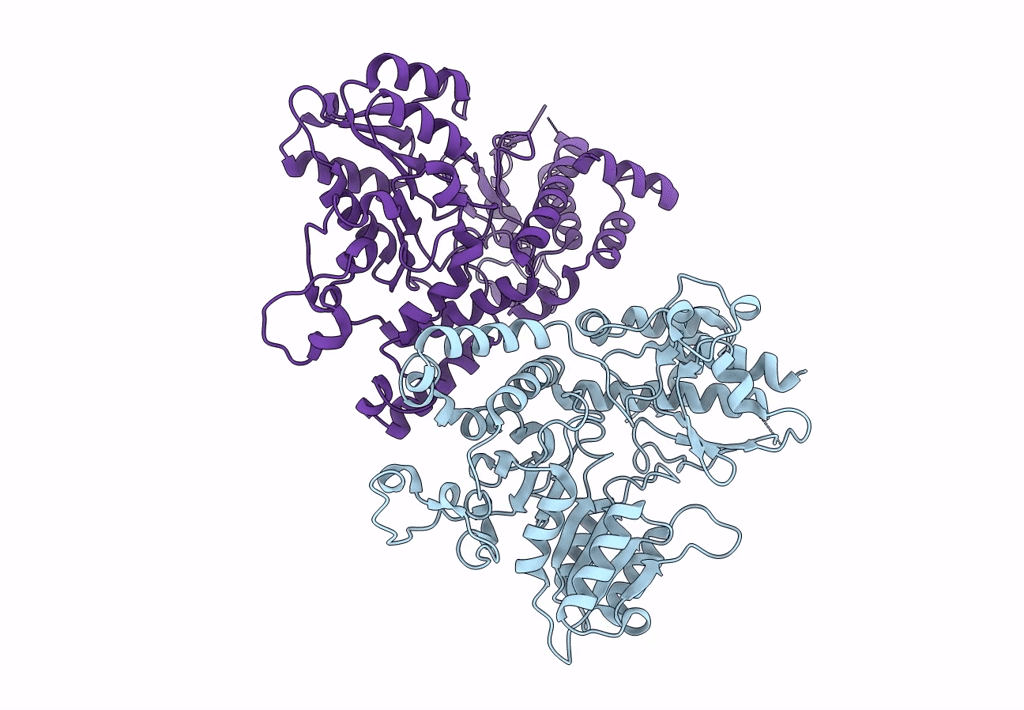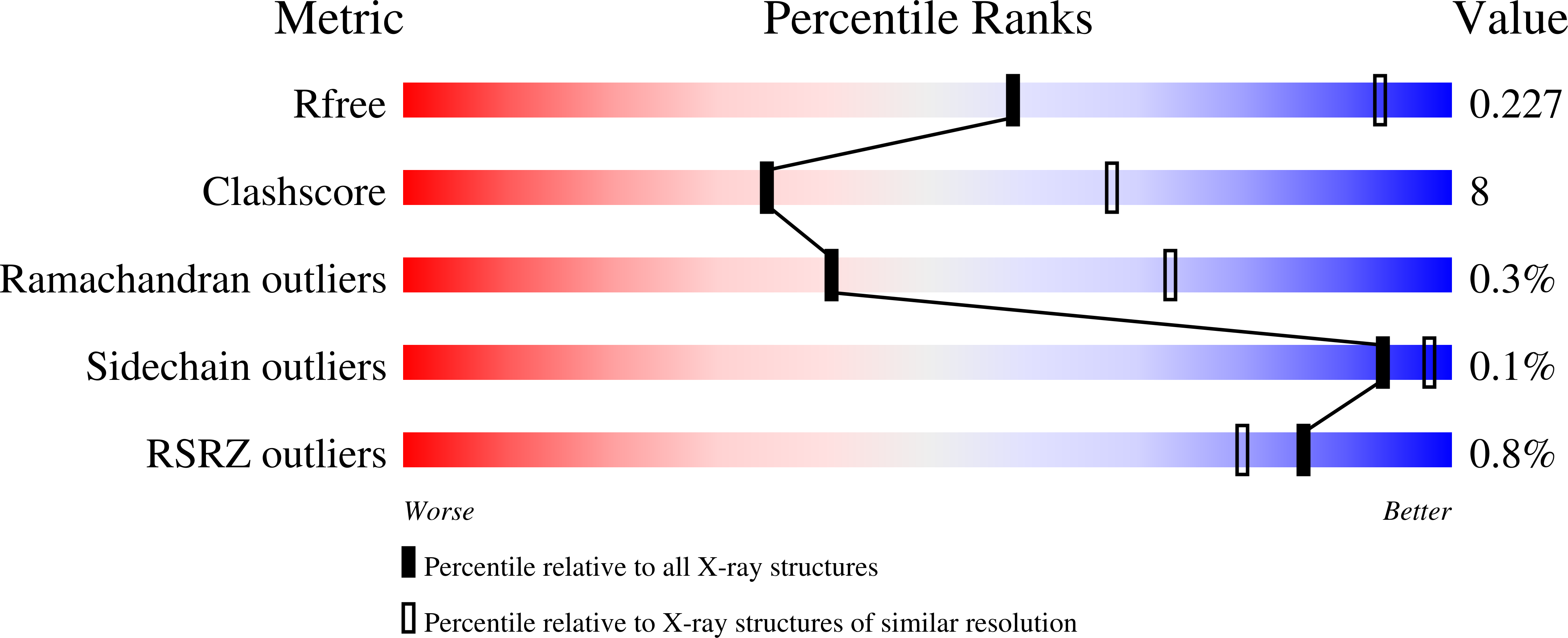
Deposition Date
2021-09-08
Release Date
2022-12-21
Last Version Date
2023-11-15
Entry Detail
PDB ID:
7S3V
Keywords:
Title:
Structure of HsKYNase_66, an evolved variant of human kynureninase with greatly increased activity towards kynurenine
Biological Source:
Source Organism:
Homo sapiens (Taxon ID: 9606)
Host Organism:
Method Details:
Experimental Method:
Resolution:
3.25 Å
R-Value Free:
0.22
R-Value Work:
0.18
R-Value Observed:
0.18
Space Group:
I 41 2 2


